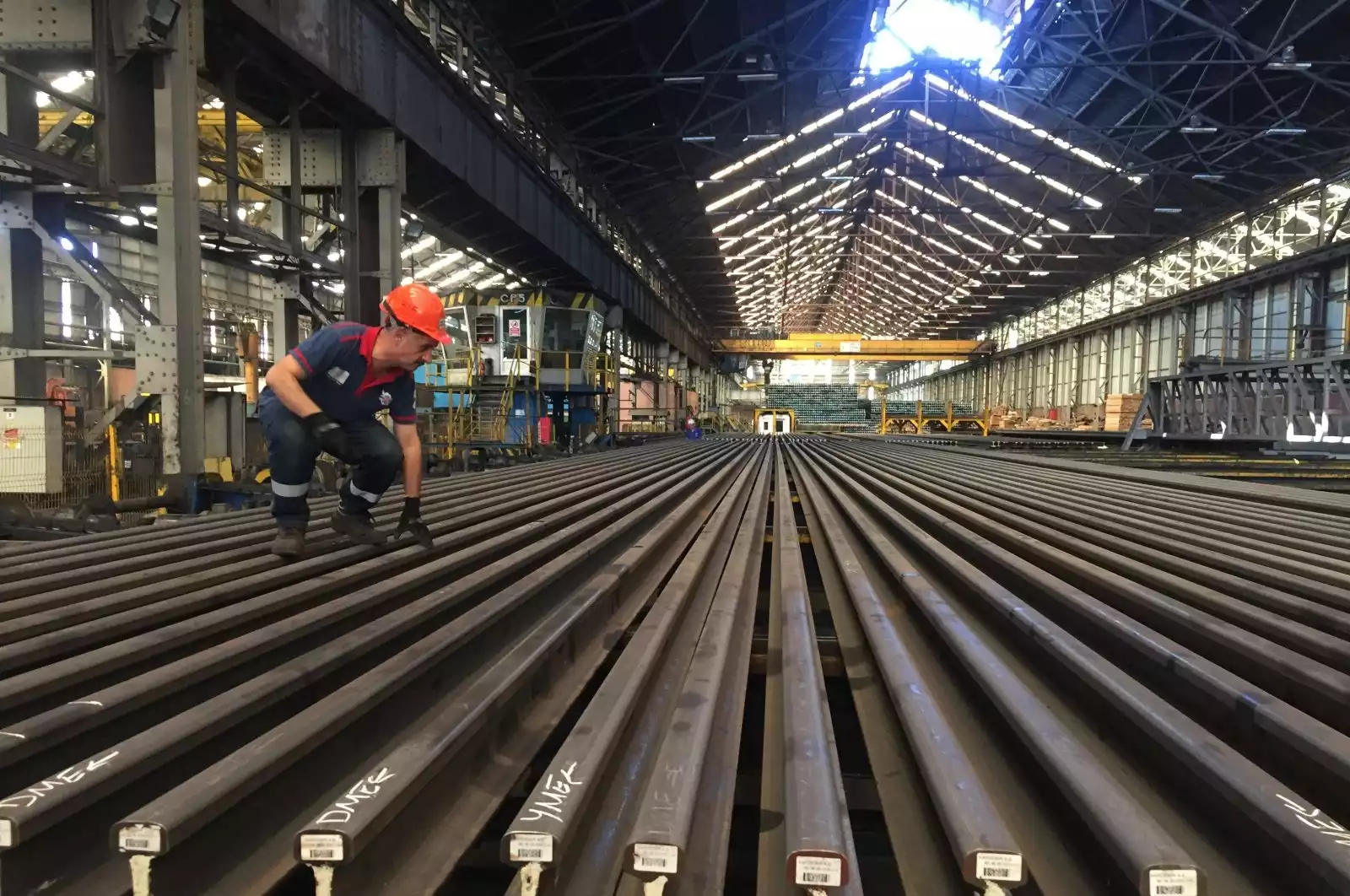
A score of data Monday showed further signs of recovery in the Turkish economy as the country rebounds from the impact of the coronavirus pandemic.
"The latest data shows that our economy is moving on its course in a way to support its entry into the path to growth," Treasury and Finance Minister Berat Albayrak said on Twitter, citing data that showed sectoral confidence index improved in October and capacity usage rate in the manufacturing industry also surged.
The services confidence index posted the highest rise this month, up 6.4% from September to 79.7 points, the Turkish Statistical Institute (TurkStat) said, as business situation and demand turnover over the past three months and demand turnover expectation for the coming three months improved.
The retail trade sector index increased by 1.7% month-on-month to 95 points in October, as managers in the sector saw business activity-sales improve over the past three months and expect it to grow in the coming months.
Registering the lowest rise during the same period, Turkey's construction sector confidence index reached 83.8 points, up 0.6%, stemming from a climb in the total employment expectation sub-index.
“It is observed that the indices, which showed a rapid recovery in the third quarter of 2020 with the increasing industrial activities during the economic normalization period, continued to increase,” said Enver Erkan, an economist at Tera Yatırım.
Erkan, however, warned of the risks prevailing for the fourth quarter in domestic and external demand conditions, which may endanger the further recovery.
In this context, he noted that the continuation of the COVID-19 pandemic and tightening of financial conditions are seen as the factors determining the demand conditions.
Ankara halted intercity travel, imposed weekend lockdowns, shut schools, restaurants and bars and closed some factories to slow the spread of the pandemic before most restrictions were lifted in June.
“The fact that the eurozone economic growth, which is the most fundamental factor in terms of foreign demand, is entering the slowdown zone again with the effect of the coronavirus cases may negatively affect the manufacturing industry outlook,” Erkan said.
He said the latest Purchasing Managers’ Index (PMI) data points to a slowdown on a global scale and the problematic situation that has led to increased lockdown measures within the framework of the pandemic indicates that the economies will slow down even if there is no total shutdown.
Business confidence among Turkish manufacturers also rose in October, according to a separate survey by the Central Bank of the Republic of Turkey (CBRT).
The real sector confidence (RSCI) surged by 2.8 points to 108.1 points in October compared to 105.3 points in September.
A score of 100 or more denotes optimism, while a number below the 100 mark designates pessimism.
The data showed the seasonally adjusted real sector confidence index (RSCI-SA) was up by 4 points to 109.7 points in the month.In the assessments for the last three months, the bank said, the course strengthened in favor of those who reported an increase in production volume, domestic market order quantity and export order quantity.
Estimates that current total orders were below seasonal norms and continued to weaken, it noted, adding that the estimates that the current level of finished goods stocks is below seasonal norms have strengthened.
The country's manufacturing industry used 75.4% of its capacity in October, the CBRT also said Monday.
The capacity utilization rate (CUR) of the sector rose 0.8 percentage point month-on-month, the bank's survey showed.
The figures are based on the responses given to its business tendency survey by local units operating in the manufacturing industry. Some 1,732 companies responded to the survey this month, according to the bank.
Among the six main industrial groups, the highest capacity usage was 76.9% for intermediate goods, while nondurable consumer goods posted the lowest rate with 71.8%.
Meanwhile, among more than 20 sectors, the highest CUR was posted by manufacturers of paper and paper products at 85.1%, and the lowest capacity usage was seen in manufacturers of leather products at 61%.